Crystal clear waters as far as the eye can see, dramatic natural landscapes and friendly locals welcome you as your speedboat hops from one island to another throughout Raja Ampat in eastern Indonesia.
Located in “the heart of the Coral Triangle,” the archipelago-within-an-archipelago comprises over a thousand islands — including the major islands of Waigeo, Salawati, Misool and Batanta — that house more than 500 coral species, 600 mollusc species and 1,300 fish species.
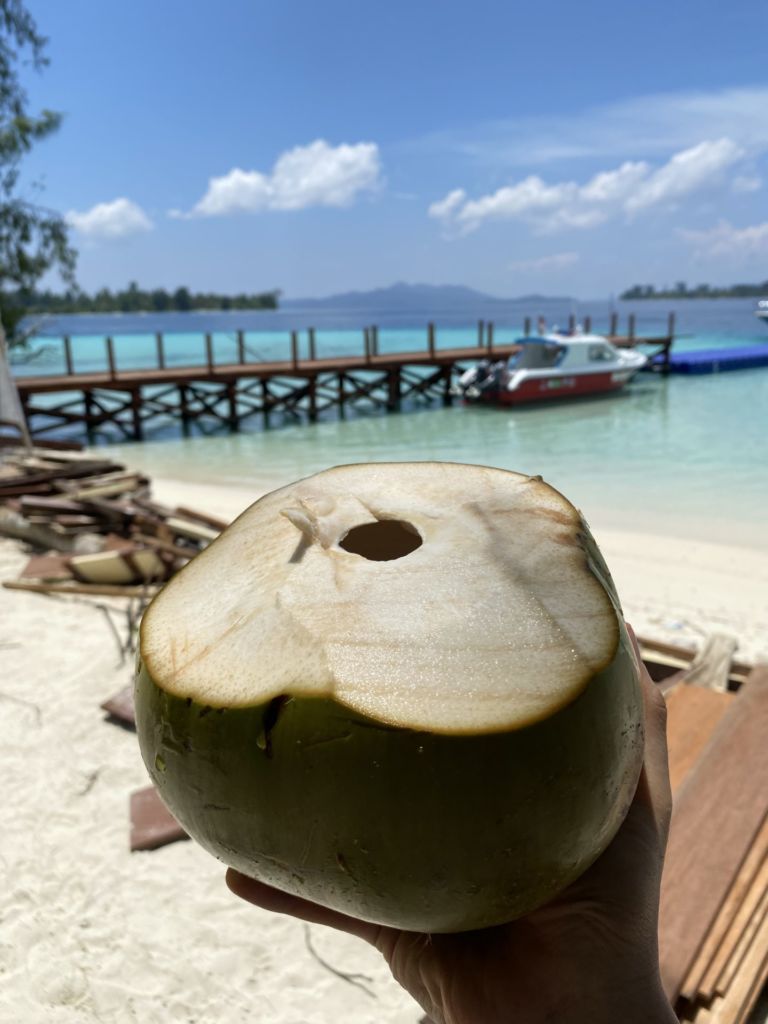
Given that Raja Ampat encompasses such a vast region, this guide serves as a starting point containing the essentials of travel in the region, and not as an exhaustive to-do list. If you intend to visit Indonesia’s slice of heaven on earth, below are five things to know about Raja Ampat:
How to get there
Sorong, a major city in Indonesia’s West Papua province, is the starting point for trips to Raja Ampat. Flag carrier Garuda Indonesia and Batik Air fly directly to the city from Jakarta in a trip that takes approximately four hours. If you’re coming from Bali, you would have to transit in Jakarta and/or Makassar before continuing on to Sorong, and the trip would take at least nine hours including the layovers.
From Sorong, you would need to take a speedboat — either on charter or as part of a group tour — to any of the Raja Ampat islands.

Local authorities require people visiting Raja Ampat for ecotourism and leisure to purchase a TLPJL (Tariffs for the Maintenance of Environmental Services) card via email or phone prior to departure. The card costs IDR425,000 for local tourists and IDR700,000 for international tourists, and is valid for one year.
Where to go
Aditya ‘Adit’ Dwi Saputra, a freelance tour guide who has taken visitors to Raja Ampat since 2014, recommends the spectacular tourism hotspot called Piaynemo. Described as the miniature version of the iconic Wayag Islands further north, visitors are encouraged to climb 320 steps to a viewing platform, where they can be treated to a panoramic view of islets that emerge from the turquoise waters.
Another spot to visit is the Love Lagoon in the South Misool district. As the name suggests, one will be rewarded with a breathtaking view of a naturally-occurring heart-shaped lagoon — again, only after climbing hundreds of steps.
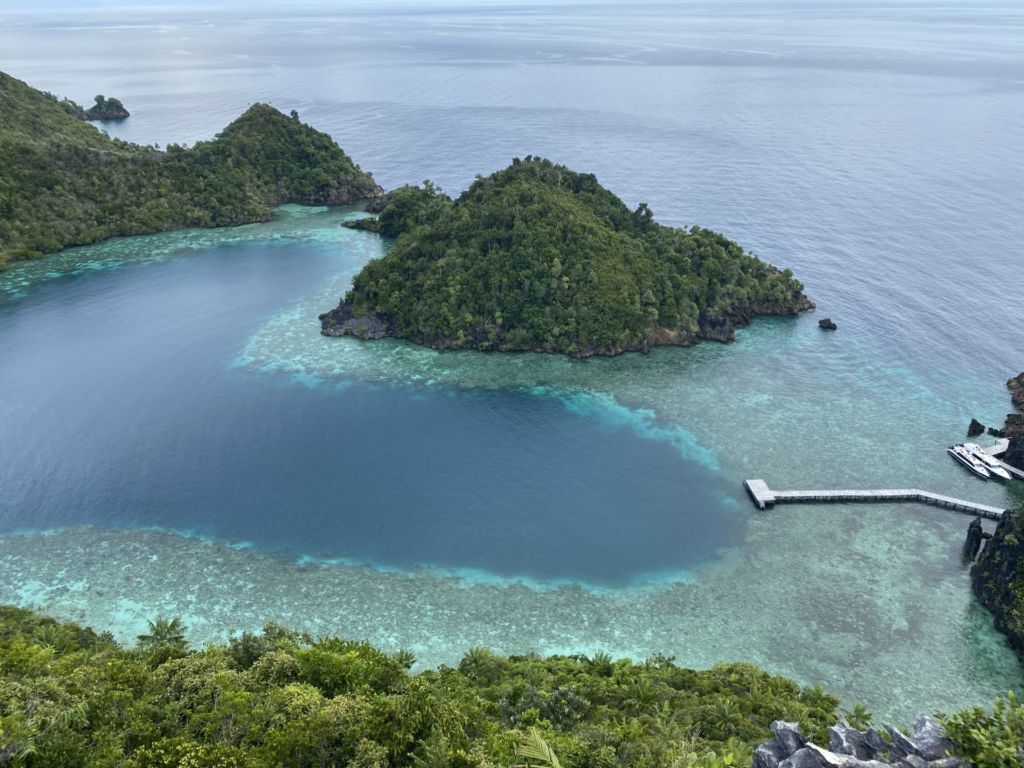
What to do
“In Raja Ampat, diving definitely stands out,” Herry N. Legi, resort manager at Raja Ampat Dive Lodge on Mansuar island, tells Coconuts about the archipelago’s tourism draws.
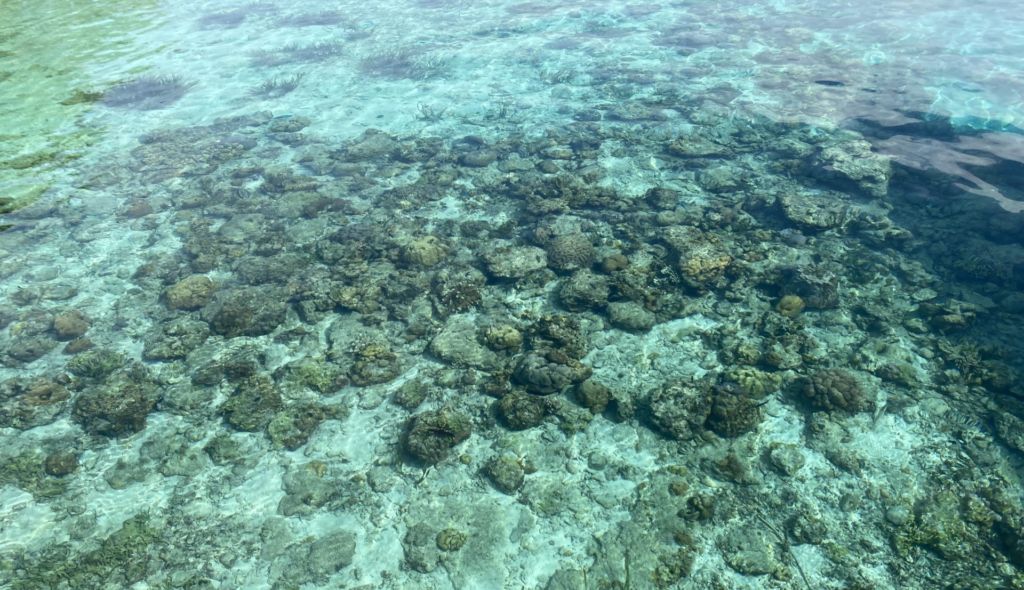
Adit, the tour guide, says Arborek village is a recommended diving off point. Raja Ampat is also a snorkeling haven, with the village of Sauwandarek — also spelt Sawandarek — in the district of Meos Mansar a particularly great spot to take the plunge.
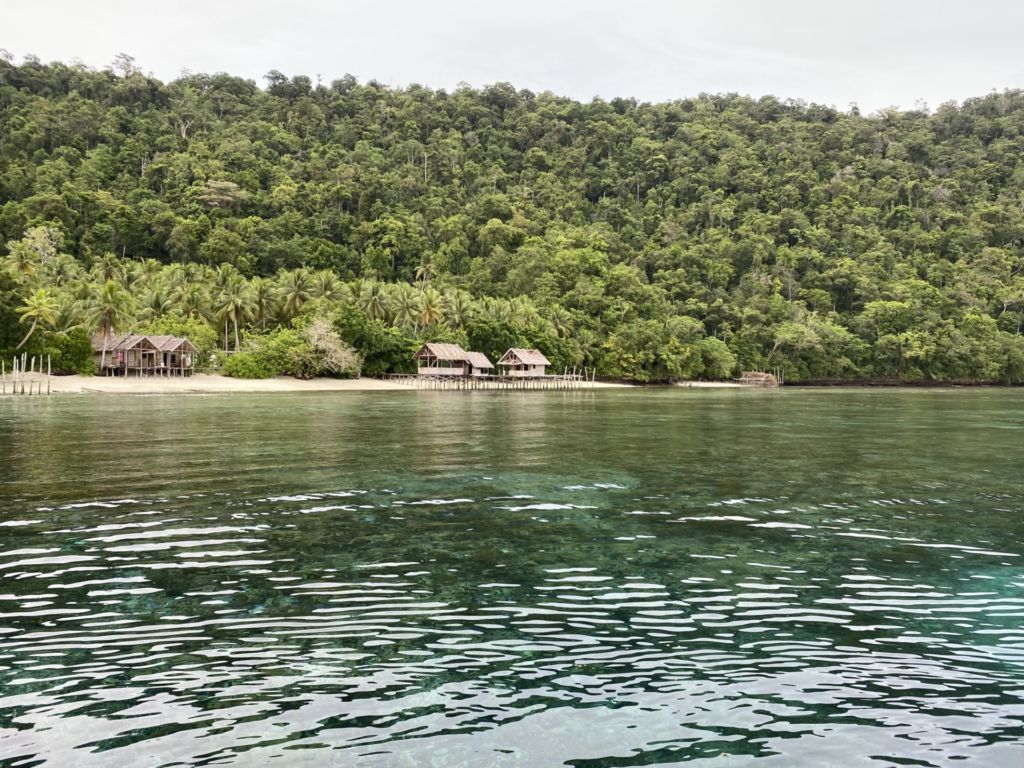
Where to stay
The archipelago offers a wide range of accommodation options — from homestays to resorts.
Homestay Yalapale in South Misool district is a family-run lodging with 13 guestrooms on land for up to three visitors each, and six more on sea for up to five people each. You may snorkel around the homestay while enjoying three daily home-cooked meals and a free-to-use canoe. Each visitor has to pay IDR450,000 for a room with a fan and IDR650,000 for an air-conditioned room per night.
Raja Ampat Dive Lodge, which has been operational since 2011, offers 20 deluxe guest rooms and seven standard guest rooms. The room rates go from IDR1.6 million to 2.8 million for solo travelers, IDR2.4 million for two guests, and IDR5.7 million for three guests. You can also snorkel in the surrounding waters.
What you should know
Despite Raja Ampat’s beauty, its marine ecosystem remains fragile to human activities. Mongabay reported that a foreign cruise ship in 2017 damaged more than 18,000 square meters of coral reef in the archipelago — around 3.5 times the size of an American football field.
And Raja Ampat is still facing various environmental challenges.
“Even though it has a clear legal umbrella, in practice, there are still irregularities in activities such as disposing of garbage, hunting for sharks, turtles and other biotas, and mass tourism are still rampant in various tourist spots in Raja Ampat,” says Samuel Wospakrik, field officer at EcoNusa Foundation working on sustainable environmental development — with an on-site team in the archipelago — in a statement to Coconuts.
“Even though it is designated as a conservation area, it cannot be denied that there are still destructive fishing activities that periodically have an impact on the decline in the quality of coastal ecosystems.”
The Indonesia Climate Change Trust Fund (ICCTF) said in March that it had rehabilitated 1,000 square meters of mangroves, 500 square meters of seagrass and 100 square meters of coral reefs in Raja Ampat since August 2020.
Last but not least, tour guide Adit recommends all tourists to travel with a guide for the sake of personal safety and expert knowledge. In one extreme case of aimless and uninformed travel, Adit recalled the story of a tourist who snorkeled in Wayag and fed a shark from close range instead of tossing the food towards the predator. The shark, tragically, bit off the tourist’s finger.
Besides, Raja Ampat’s pristine beauty is really not to be experienced alone.
ICCTF, under the country’s National Development Planning Ministry (Bappenas), invited journalists, including this guide’s author, to visit Raja Ampat on a media trip in March 2022. The photos presented in this article were taken during said trip.
Prices listed in this article are subject to change. US$1=IDR14,679
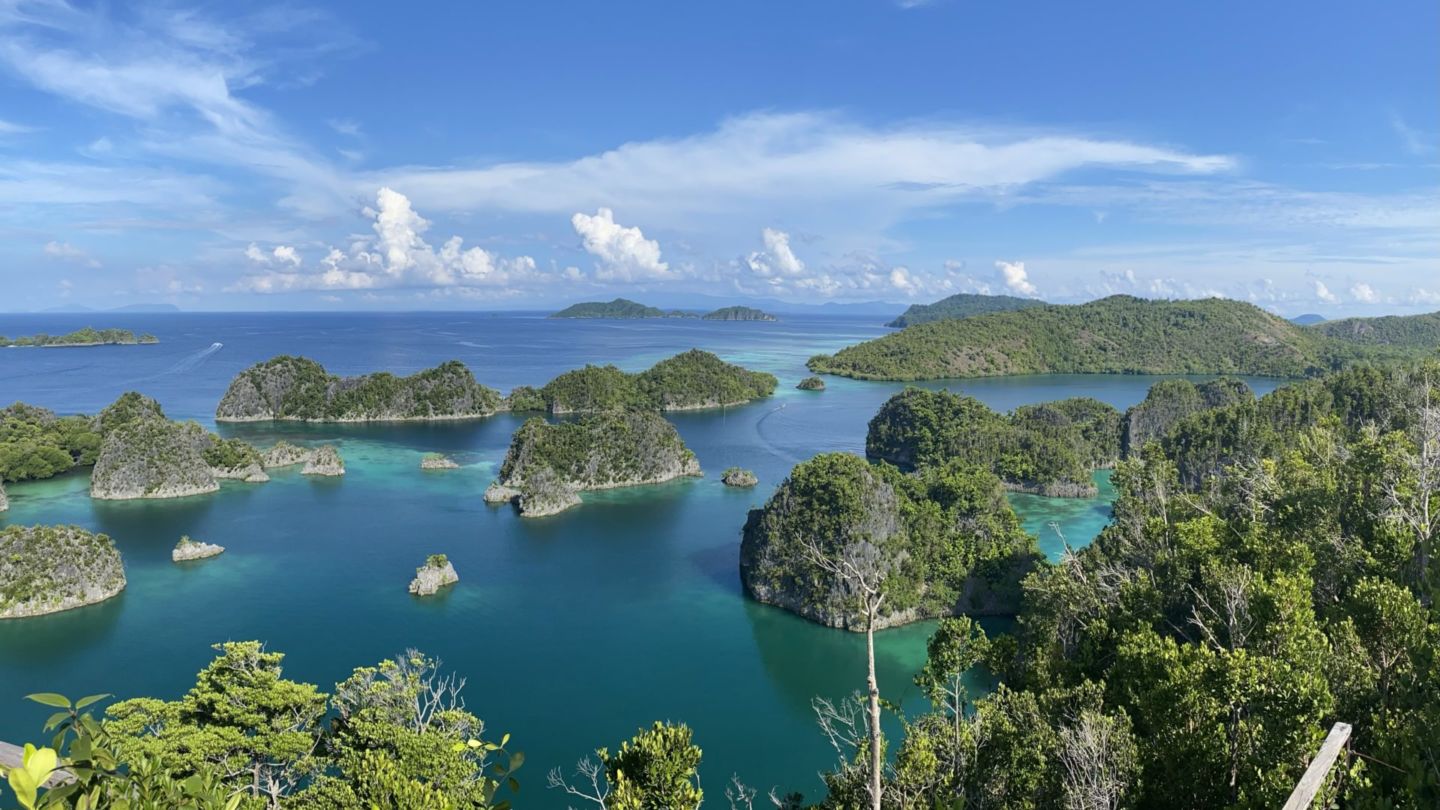

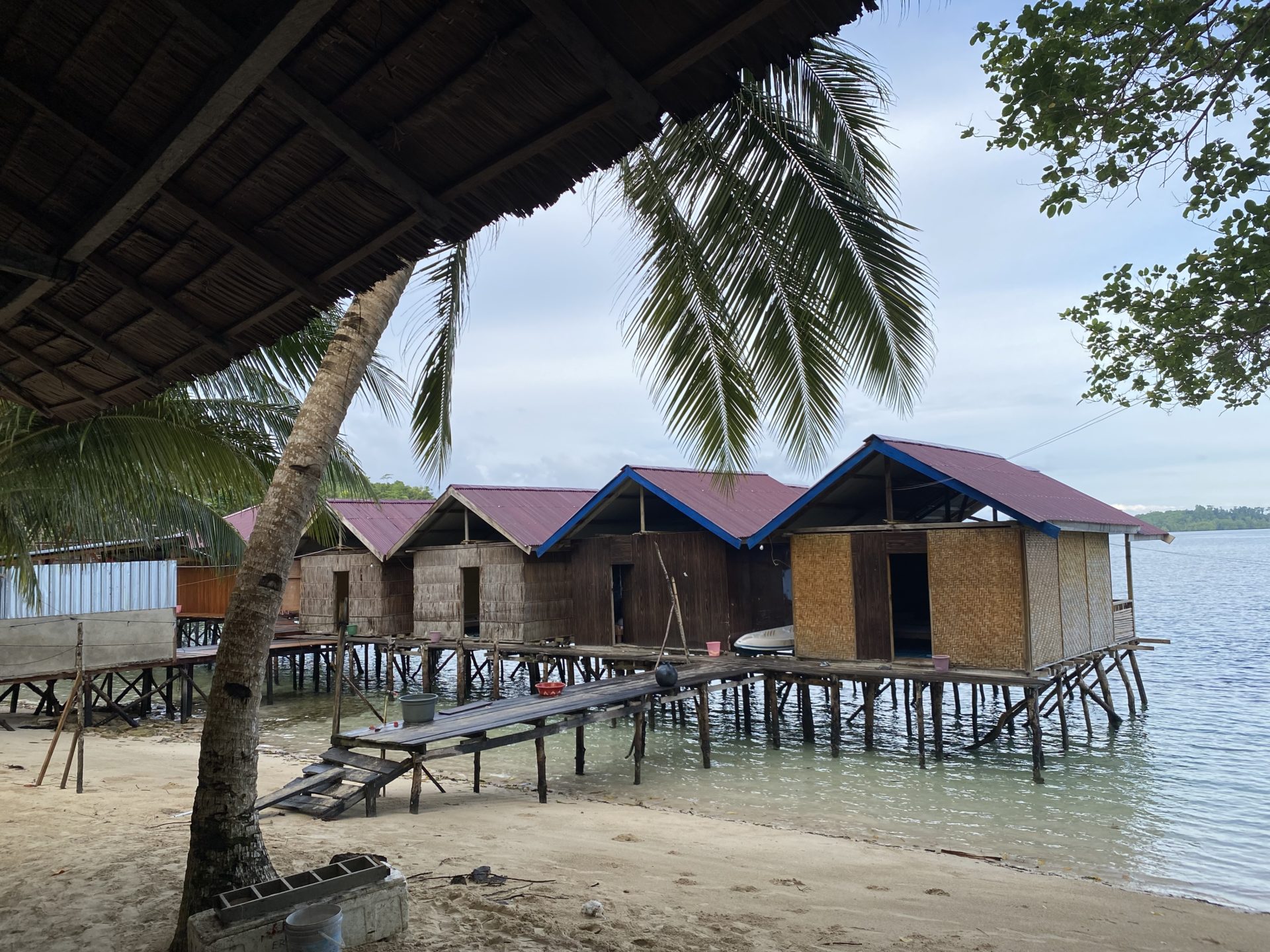
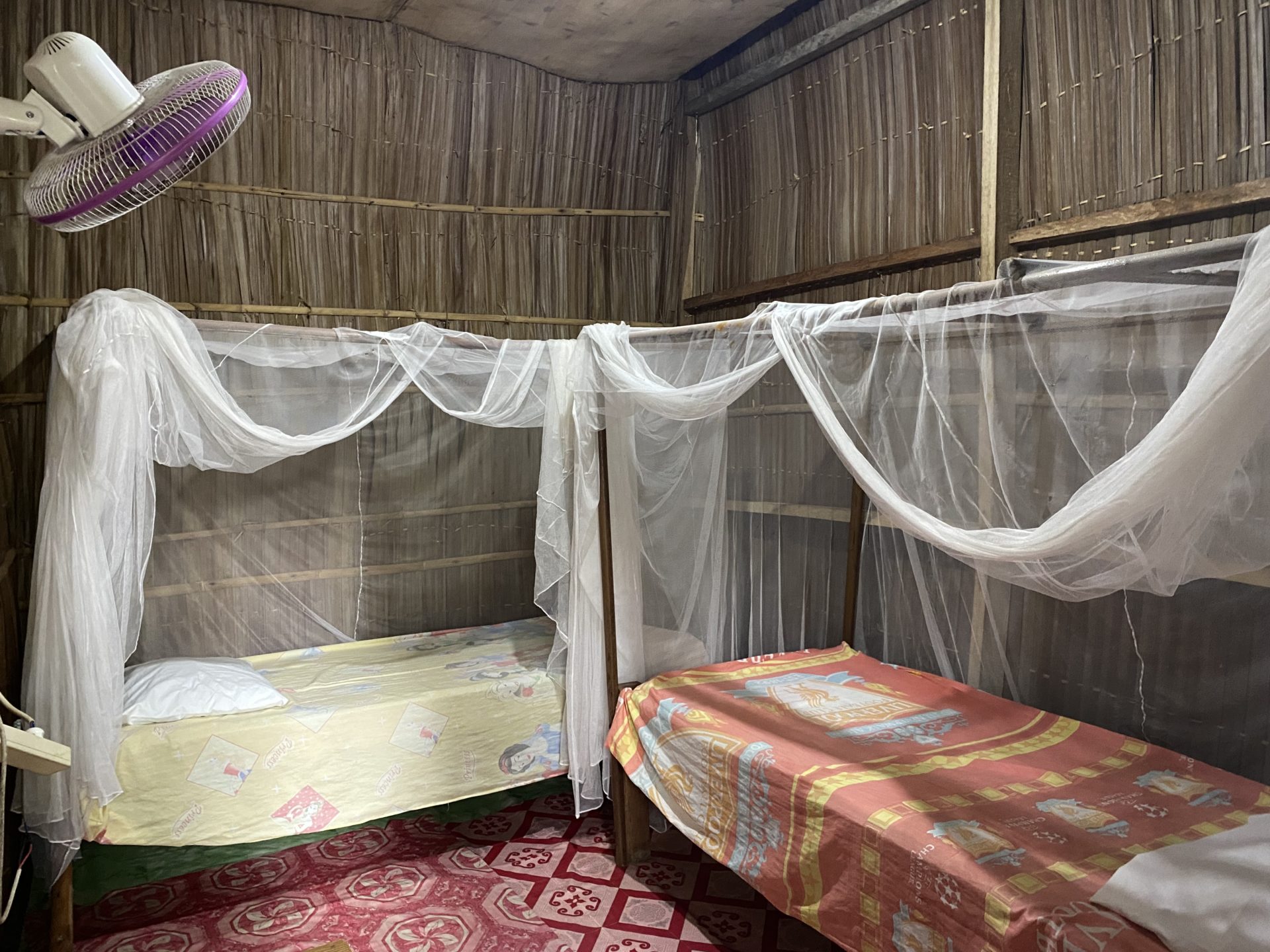
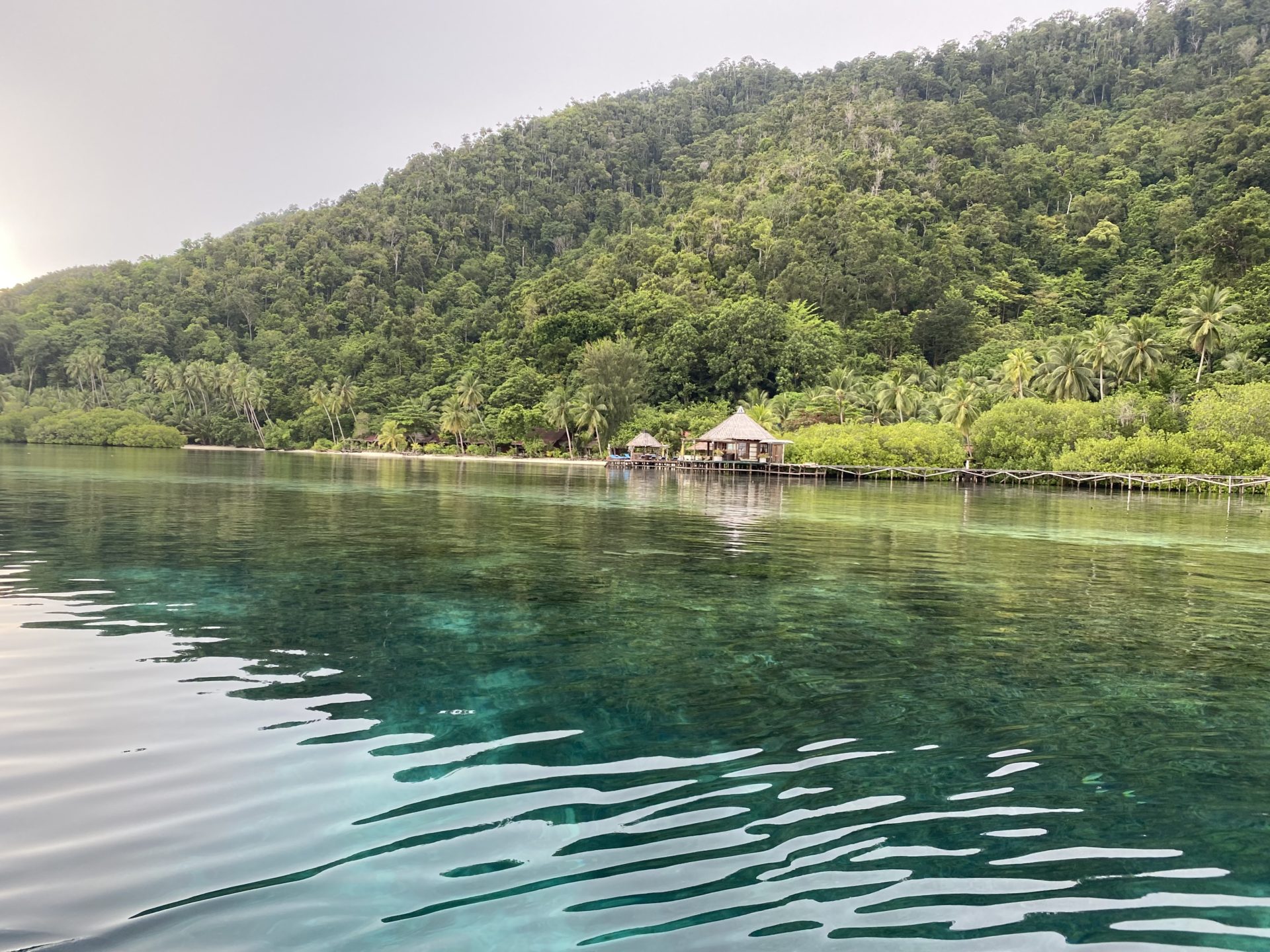
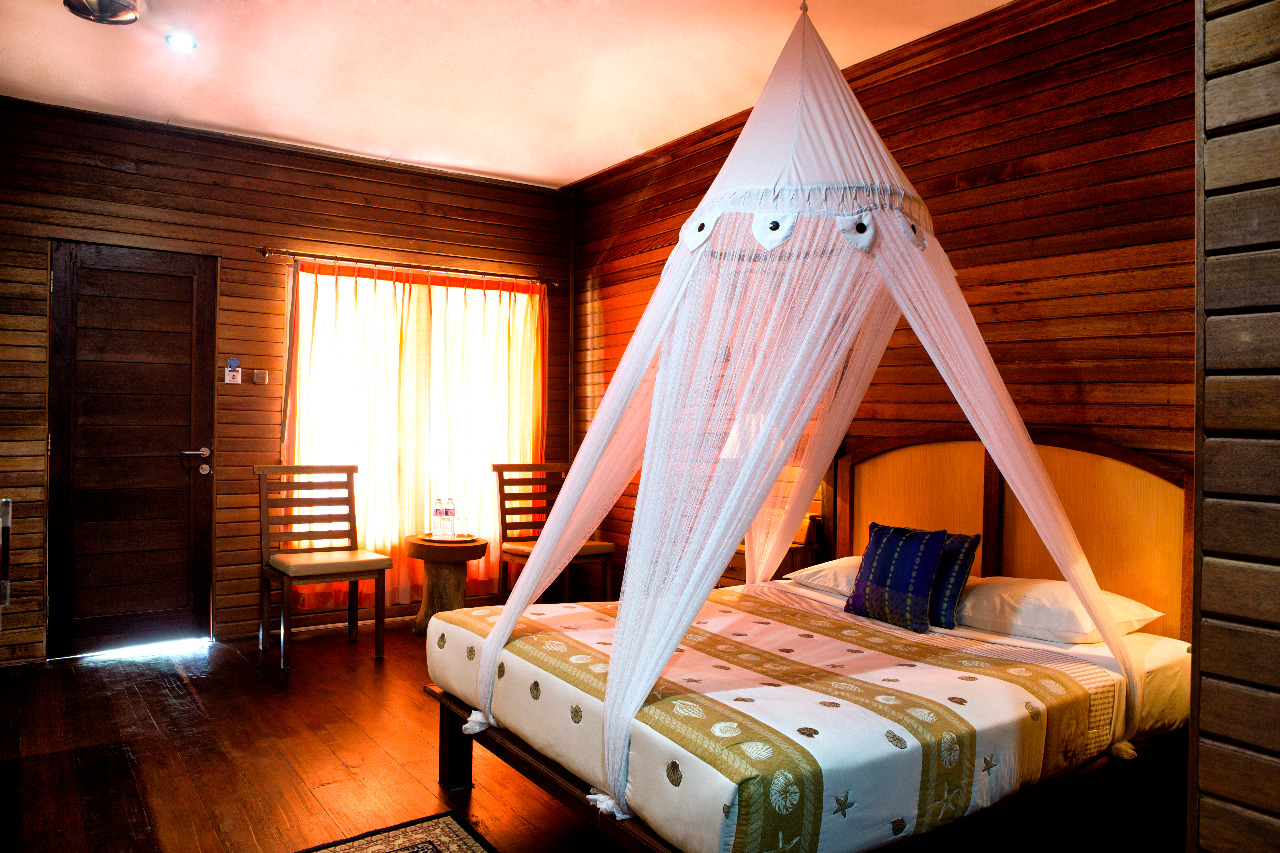

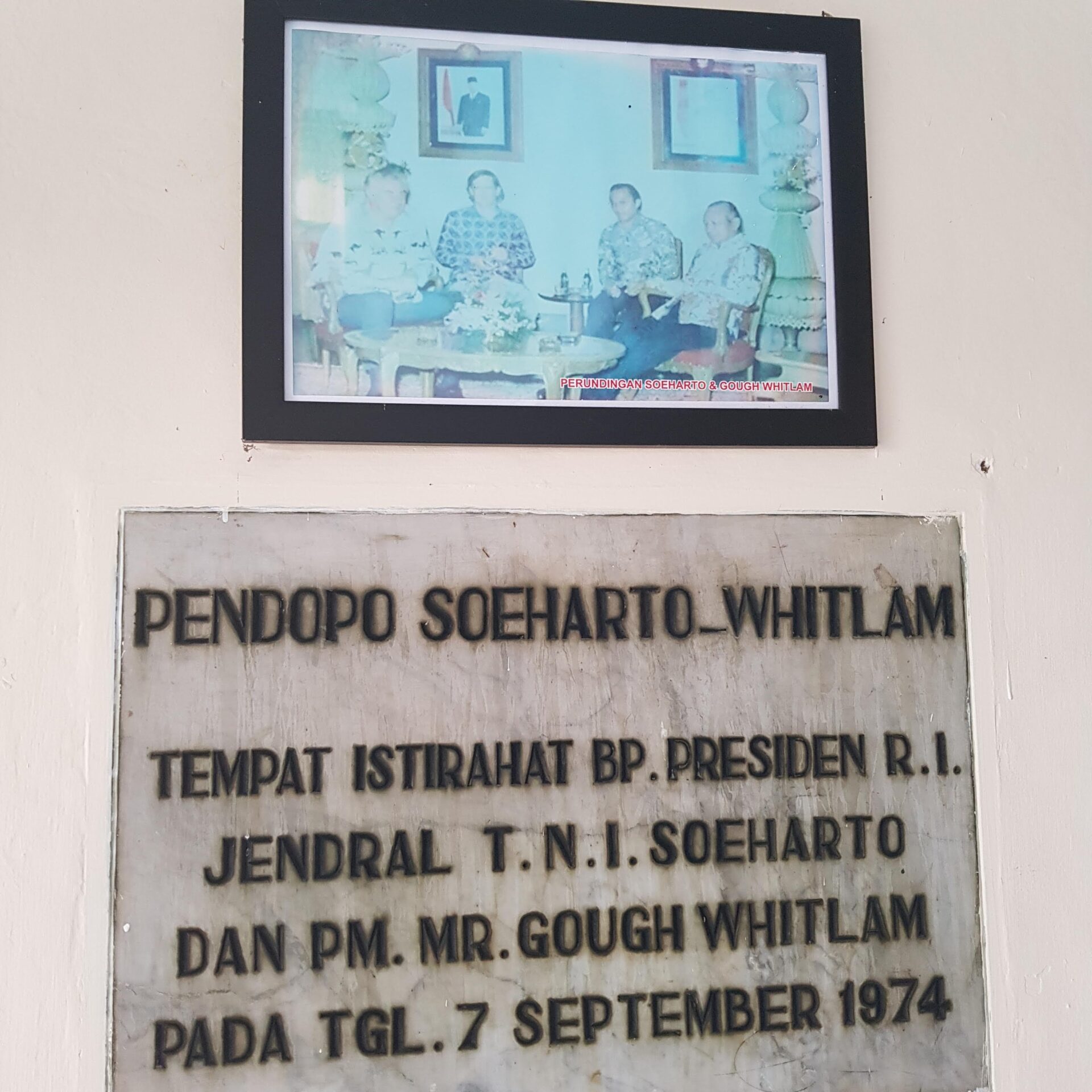




Reader Interactions